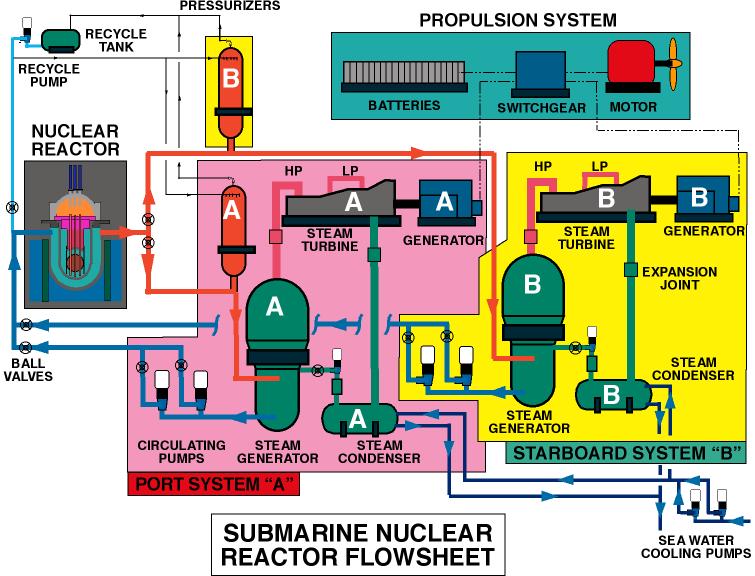|
Alluvial Diagram
Alluvial diagrams are a type of flow diagram originally developed to represent changes in network structure over time. In allusion to both their visual appearance and their emphasis on flow, alluvial diagrams are named after alluvial fans that are naturally formed by the soil deposited from streaming water. Interpretation In an alluvial diagram, blocks represent clusters of nodes, and stream fields between the blocks represent changes in the composition of these clusters over time. The height of a block represents the size of the cluster and the height of a stream field represents the size of the components contained in both blocks connected by the stream field. Application Alluvial diagrams were originally developed to visualize structural change in large complex networks. They can be used to visualize any type of change in group composition between states or over time and include statistical information to reveal significant change. Alluvial diagrams highlight important st ... [...More Info...] [...Related Items...] OR: [Wikipedia] [Google] [Baidu] |
Flow Diagram
Flow diagram is a collective term for a diagram representing a flow or set of dynamic relationships in a system. The term flow diagram is also used as a synonym for flowchart, and sometimes as a counterpart of the flowchart.Harris. (1999, p. 156) Flow diagrams are used to structure and order a complex system, or to reveal the underlying structure of the elements and their interaction. Overview The term flow diagram is used in theory and practice in different meanings. Most commonly the flow chart and flow diagram are used in an interchangeable way in the meaning of a representation of a process. For example the ''Information Graphics: A Comprehensive Illustrated Reference'' by Harris (1999) gives two separate definitions: :''Flow chart or flow diagram... is a diagram that visually displays interrelated information such as events, steps in a process, functions, etc., in an organized fashion, such as sequentially or chronologically.'' :''Flow diagram sa graphic representa ... [...More Info...] [...Related Items...] OR: [Wikipedia] [Google] [Baidu] |
Alluvial Fan
An alluvial fan is an accumulation of sediments that fans outwards from a concentrated source of sediments, such as a narrow canyon emerging from an escarpment. They are characteristic of mountainous terrain in arid to semiarid climates, but are also found in more humid environments subject to intense rainfall and in areas of modern glaciation. They range in area from less than to almost . Alluvial fans typically form where flow emerges from a confined channel and is free to spread out and infiltrate the surface. This reduces the carrying capacity of the flow and results in deposition of sediments. The flow can take the form of infrequent debris flows or one or more ephemeral or perennial streams. Alluvial fans are common in the geologic record, such as in the Triassic basins of eastern North America and the New Red Sandstone of south Devon. Such fan deposits likely contain the largest accumulations of gravel in the geologic record. Alluvial fans have also been found on Ma ... [...More Info...] [...Related Items...] OR: [Wikipedia] [Google] [Baidu] |
Complex Network
In the context of network theory, a complex network is a graph (network) with non-trivial topological features—features that do not occur in simple networks such as lattices or random graphs but often occur in networks representing real systems. The study of complex networks is a young and active area of scientific research (since 2000) inspired largely by empirical findings of real-world networks such as computer networks, biological networks, technological networks, brain networks, climate networks and social networks. Definition Most social, biological, and technological networks display substantial non-trivial topological features, with patterns of connection between their elements that are neither purely regular nor purely random. Such features include a heavy tail in the degree distribution, a high clustering coefficient, assortativity or disassortativity among vertices, community structure, and hierarchical structure. In the case of directed networks these fea ... [...More Info...] [...Related Items...] OR: [Wikipedia] [Google] [Baidu] |
Sankey Diagram
Sankey diagrams are a type of flow diagram in which the width of the arrows is proportional to the flow rate. Sankey diagrams can also visualize the energy accounts, material flow accounts on a regional or national level, and cost breakdowns. The diagrams are often used in the visualization of material flow analysis. Sankey diagrams emphasize the major transfers or flows within a system. They help locate the most important contributions to a flow. They often show conserved quantities within defined system boundaries. History Sankey diagrams are named after Irish Captain Matthew Henry Phineas Riall Sankey, who used this type of diagram in 1898 in a classic figure (see diagram) showing the energy efficiency of a steam engine. The original charts in black and white displayed just one type of flow (e.g. steam); using colors for different types of flows lets the diagram express additional variables. Over time, it became a standard model used in science and engineering to re ... [...More Info...] [...Related Items...] OR: [Wikipedia] [Google] [Baidu] |



